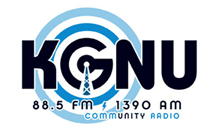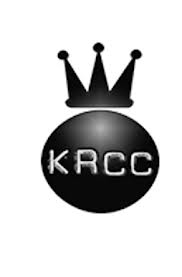|
Listen With the legalization of marijuana in various states and forms, conservation groups and others are asking how much legal grow operations affect water consumption. In Colorado, water managers and researchers are working together to answer that question. |
|
| Listen to the Story | Transcript |
Pair Sound with Sight
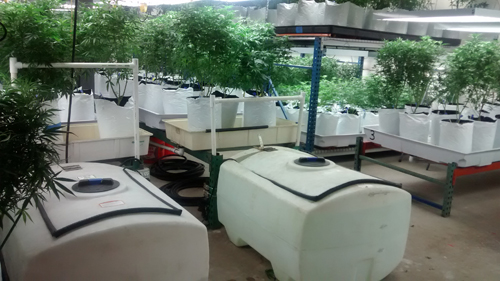 |
| The Colorado Harvest Company's grow facility in Denver houses approximately 3,000 plants in its 10,000 square foot facility. |
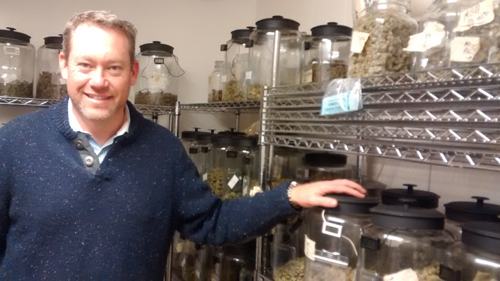 |
| Tim Cullen, CEO of the Colorado Harvest Company in the grow facility's curing room. Marijuana grown and cured at this facility can retail for up to $300 an ounce in their retail stores. |
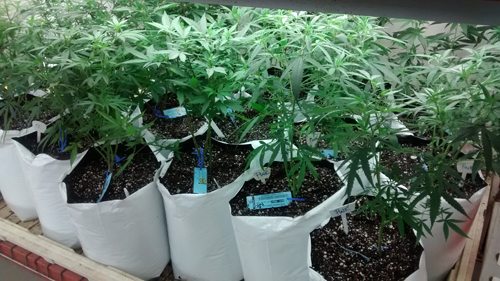 |
| Colorado Harvest Company CEO Tim Cullen says the plants use a relatively small amount of water. "A 6 inch tall plant... might only need 75 milliliters of water...what is that, like...a relatively small amount of water for a little plant. When we're talking about plants that are a 1.5 feet tall, we're talking about more like 500 milliliters or a couple of cans of soda worth of water would go into a plant this size, it's not a lot of water." |
 |
| Marijuana plants at the Colorado Harvest Company's Denver grow facility are grown in coco fiber instead of soil. CEO Tim Cullen says they use coco fiber because it is pH neutral and because there are no nutrients in it. The growers add all the nutrients through the water, allowing them more control over the plants' growing process. As a result, the growers are very aware of how much water the plants use. "Out nutrient bills are close to $10,000 to $12,000 a month, so we're not wasting that water once it has nutrient in it—it really needs to stay in the plant." |
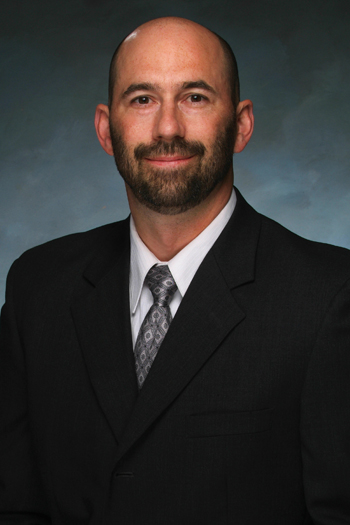 |
| Jeff Tejral, manager of conservation for Denver Water. Tejral says he has been impressed with the attitudes toward water that he's seen in Denver marijuana grow facilities. "I've been in a lot of commercial and industrial sites for audits and I've never seen a place that has actually written down how much water has been used in an area before...that was new to me. That was a best practice I'd like to see a lot of people using." |
Connecting the Drops Partners
Connecting the Drops is a radio collaboration between the Colorado Foundation for Water Education and Colorado Community Radio Stations KGNU, KDNK and KRCC.
Support for 2016 programming comes from CoBank


